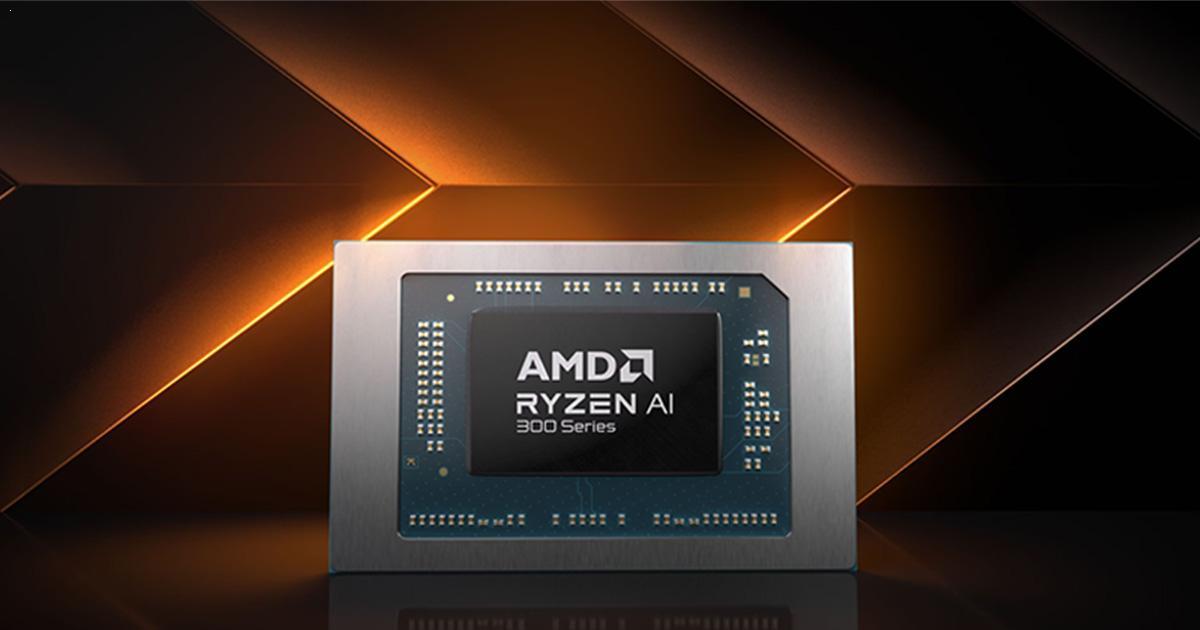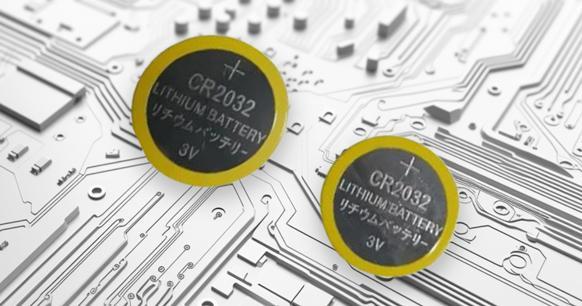
Qualcomm Brings Leveled-Up Snapdragon X Platform to Next Wave of PCs
Qualcomm unveiled its Snapdragon X Platform at CES 2025. Designed to bring AI-driven features and high-performance computing to laptops and mini desktop PCs priced around $600, Qualcomm's new platform aims to redefine what’s possible in affordable computing.

Snapdragon X Series.
High-Performance Hardware for Everyday Applications
Qualcomm built its Snapdragon X Platform on its advanced 4-nm process. At its core sits the Qualcomm Oryon CPU, an eight-core processor clocked up to 3.0 GHz with 30 MB of total cache. These specs enable robust multitasking capabilities that have become a necessity in everyday computing for both casual and high-power users.
Below are some of the distinctions among the Snapdragon X, Snapdragon X Plus, and Snapdragon X Elite platforms:
| Platform | Cores | Max Multi-Core | Cache |
GPU (TFLOPS) |
NPU (TOPS) |
| X | 8 |
3.0 GHz |
30 MB |
1.7 |
45 |
| X Plus |
8–10 |
3.02–3.4 GHz |
30–42 MB |
1.7–3.8 |
45 |
| X Elite | 12 |
3.4–3.8 GHz |
42 MB |
3.8–4.6 |
45 |
The Snapdragon X's GPU, a Qualcomm Adreno model, delivers up to 1.7 TFLOPS of processing power, while the Qualcomm Hexagon neural processing unit (NPU) delivers up to 45 TOPS AI performance. For memory, Snapdragon X supports LPDDR5x RAM with speeds up to 8,448 MT/s and capacities up to 64 GB.
Storage options include NVMe SSDs running over PCIe Gen 4 for faster boot times and data transfers. Optional extras include 5G connectivity, Wi-Fi 7, and Bluetooth 5.4. In performance tests, Snapdragon X is reportedly 163% faster at iso-power than its competitors and delivers 168% better power efficiency at iso-performance. This efficiency translates to longer battery life, a significant advantage for laptops and mobile use cases.
AI Computing for Mainstream Applications
The inclusion of Qualcomm’s Hexagon NPU builds on an already high-performance piece of hardware by offering 4 TOPS of AI performance. This performance is the same across Qualcomm’s higher-end Snapdragon X Elite and X Plus platforms.
Qualcomm claims its NPU brings AI capabilities to entry-level markets in areas such as:
- Productivity: Features like automated task suggestions in Microsoft Office and faster natural language processing
- Creativity: AI-powered tools for image and video editing, such as Luminar Neo’s Upscale AI, which runs 190 times faster than traditional processors.
- Accessibility: Apps like Cephable provide voice, face, and motion controls for Windows applications.
- Security: Features like McAfee’s Deepfake Detector use the NPU for real-time threat detection.
With an onboard NPU, tasks like real-time translation or object recognition occur locally. This speeds up response times and enhances security because sensitive data never leaves the device.
All-New Form Factors
Qualcomm is extending its Snapdragon X hardware beyond its traditional laptop computing applications, including miniature desktop PCs in the Snapdragon X's initial rollout. This, according to Qualcomm, is “redefining compact computing,” with solutions that target small, energy-efficient home or office use cases.

Qualcomm's laptop display at CES 2025 showcasing Snapdragon processors.
Snapdragon X also addresses key challenges in the sub-$800 laptop market, which has long been plagued by underwhelming performance and poor battery life. By providing next-level CPU and GPU capabilities, advanced AI processing, and multi-day battery life, Qualcomm aims to solve these problems.




